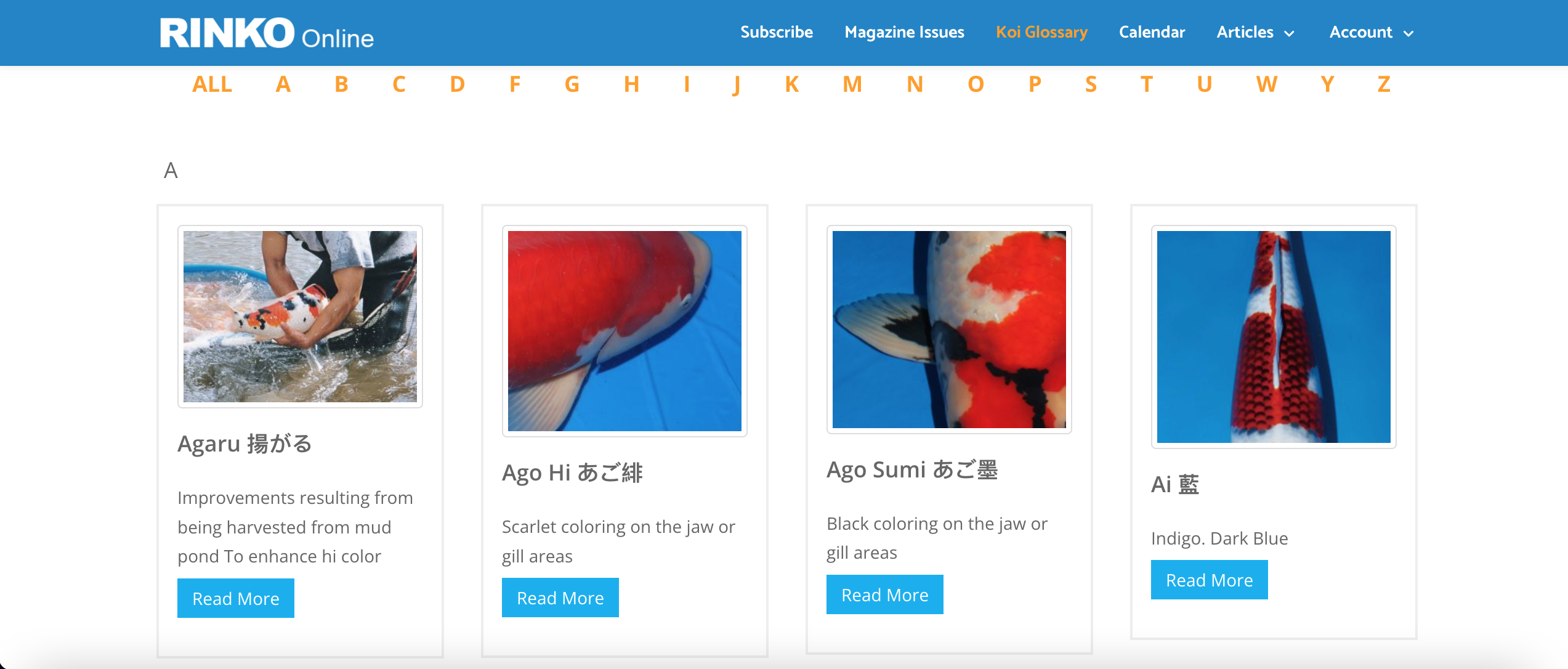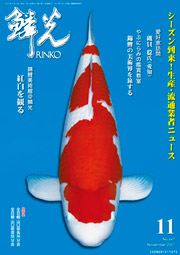Koi? Goi? Koromo? Goromo?
We have seen many people are confused about Japanese koi words when “koi” becomes “goi” in certain words such as Nishikigoi, tategoi, Benigoi, “koromo” becomes “goromo” in Aigoromo and Budogoromo. This happens a lot in the Japanese language.
There are voiceless sounds and voiced sounds in Japanese, some specific voiceless sounds would turn into voiced sounds under certain conditions, there are rules of sound change but let’s skip the complicated explanation here and focus on koi words frequently used.
Some Examples of Japanese Koi Words:
[koiこい→goiごい]
Nishikigoi
tategoi
Benigoi
oyagoi
[koromoころも→goromoごろも]
Aigoromo
Budogoromo
[kiwaきわ→giwaぎわ]
kamisorigiwa
ushirogiwa
[sumiすみ→zumiずみ]
tsubozumi
katazumi
[sashiさし→zashiざし]
maezashi
Basically if you have something in front of “koi” “koromo” “sumi”, their sounds will change. (You can see little dashes in Japanese hiragana when sounds change. Called voiced consonant mark)
Learn more Koi words, please refer to our Koi Glossary.



